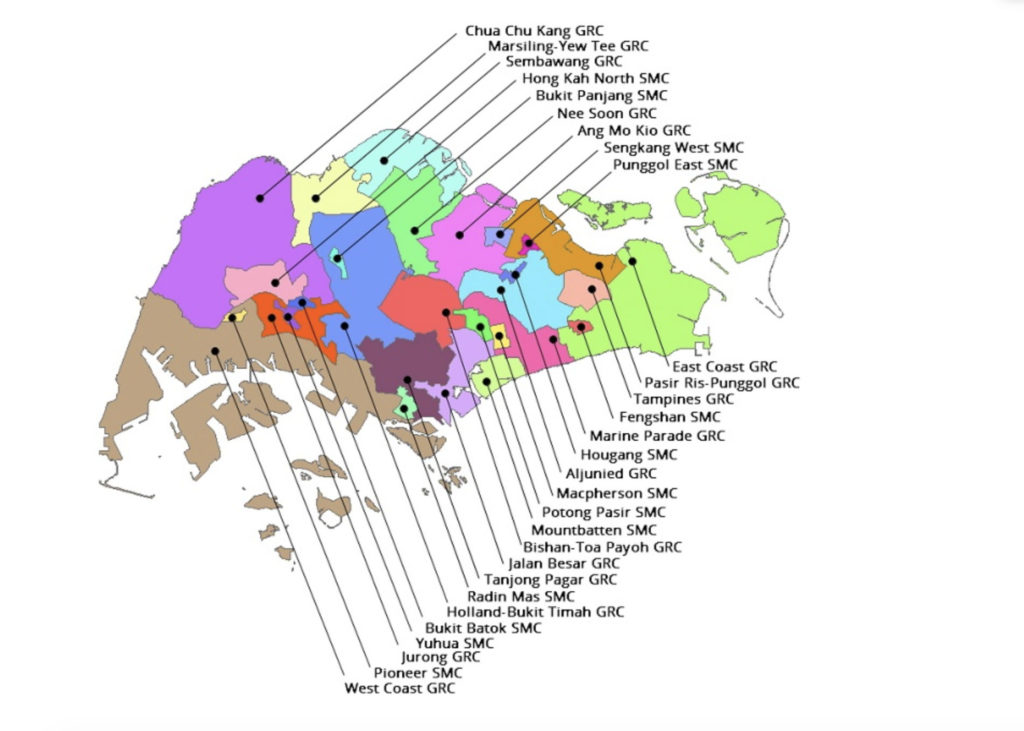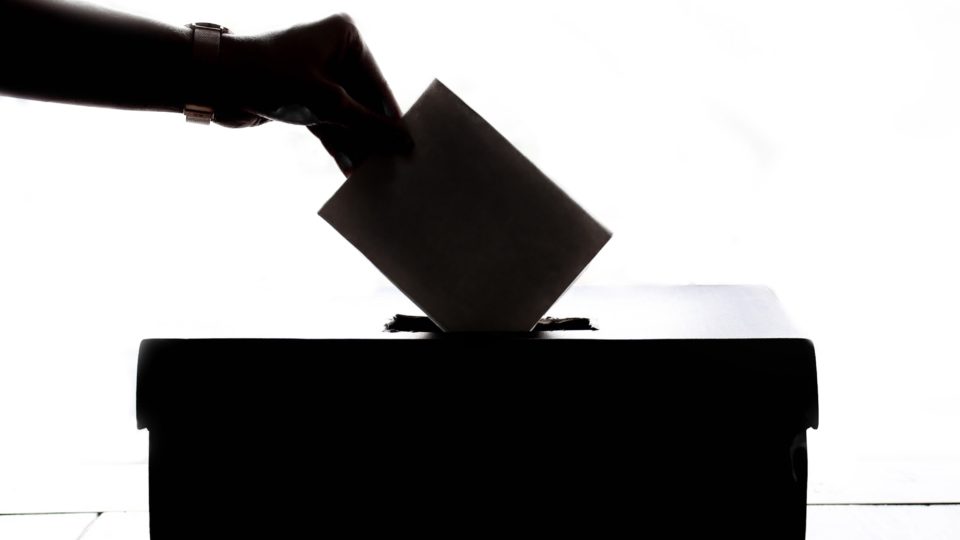We still don’t know precisely when it will be, but Singapore’s first general election since 2015 took a big step closer yesterday with news that the prime minister has appointed a committee to revise the country’s electoral divisions.
Currently, the Little Red Dot is divided into 29 electoral divisions, which you can see in the helpful elections department graphic department below:

The number of divisions or the physical boundaries of those divisions could change based on what the committee recommends to the prime minister, who can then accept or reject their recommendations. We’re putting our money on “accepting” given that the committee is chaired by Lee Hsien Loong’s secretary.
One major potential change is how each division is represented. Right now, some divisions are represented by a group of parliamentary members (known as a Group Representation Constituencies, or GRCs), while others are represented by just one member of parliament (aka Single Member Constituencies, or SMCs).
According to the statement from the PM’s office, the committee will look at potentially reducing the number of GRCs in favor of having more divisions represented by a single parliamentarian.
As you can see from the graphic above, there are currently 16 GRCs and 13 SMCs, with GRCs usually represented by three to six Members of Parliament (MPs). Singapore has a total of 89 MPs.
Why change the boundaries? According to the government, it’s to keep up with the times as the population grows and sometimes shifts with the addition of new housing units in particular divisions.
The last time the boundaries were changed was before the 2015 polls. At the time, there were about 2.5 million eligible voters (2,460,977) – a number that has since gone up to nearly 2.6 million (2,594,740), according to media reports in April this year.
So when are we expecting to head to the polls? It could be December, April or even May. According to government newspaper The Straits Times, an election could happen anywhere from two to seven months from the formation of the electoral boundaries committee.
During the months leading up to Election Day, parliament will officially dissolve, and political parties will formally pick their candidates on nomination day, which marks the start of the official 10-day campaign period.
No campaigning is allowed the day before the election.
While there’s no guarantee things will work out the same way, the Sept. 11, 2015, election came about four months after the electoral boundaries review committee was set up.
Related stories:
Singapore unveils big-spending budget amid election talk
Singapore has no plans to lower the voting age to 18 years old




